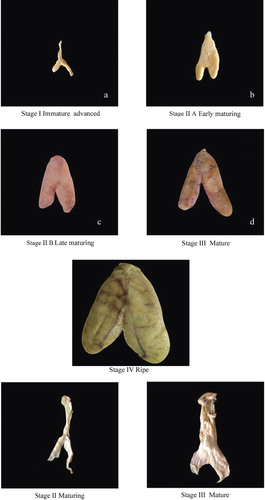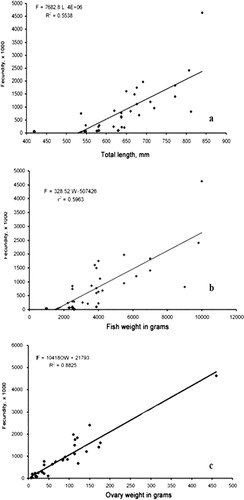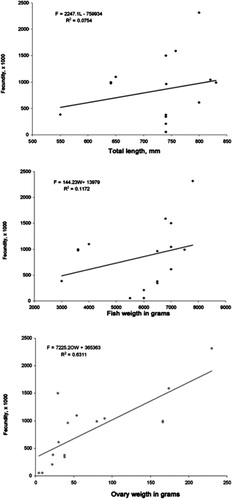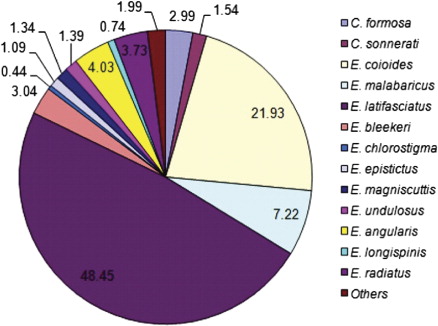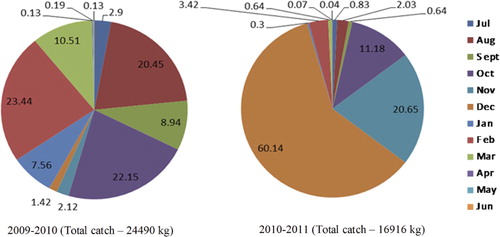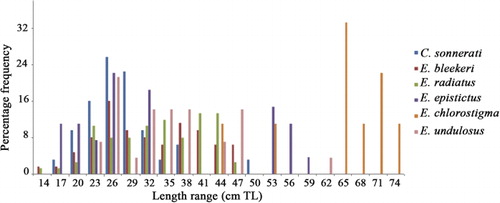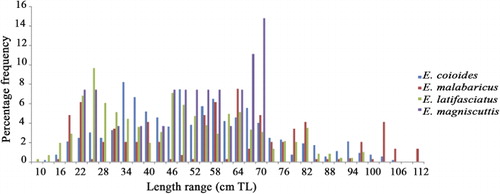Figures & data
Table I. Grouper species represented in the catches of the north Andhra region.
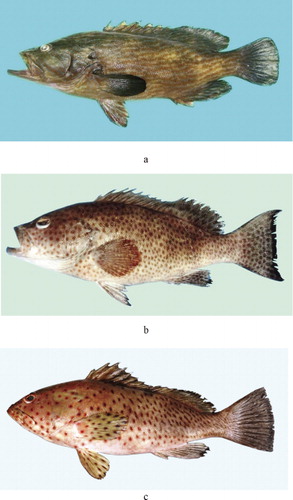
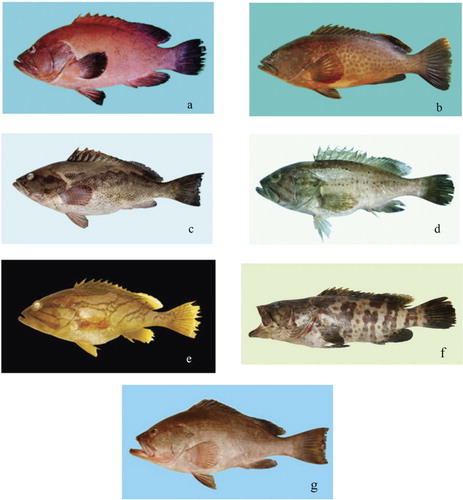
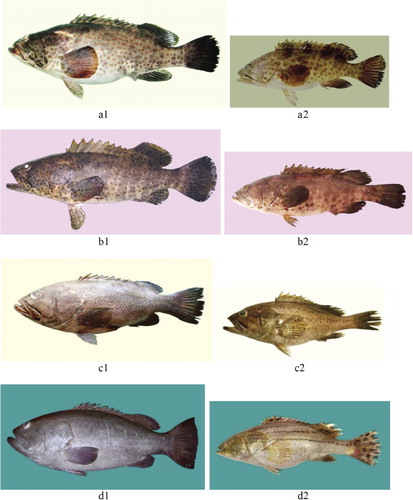
Table II. Percentage occurrence of females of Epinephelus coioides in different stages of maturity in various months represented in the catches at Visakhapatnam during the period October 2009 to September 2011.
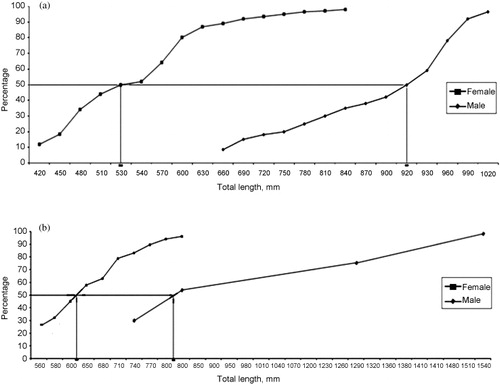
Table III. Fecundity of 12 grouper species (genera Cephalopholis and Epinephelus) off the north Andhra region.
